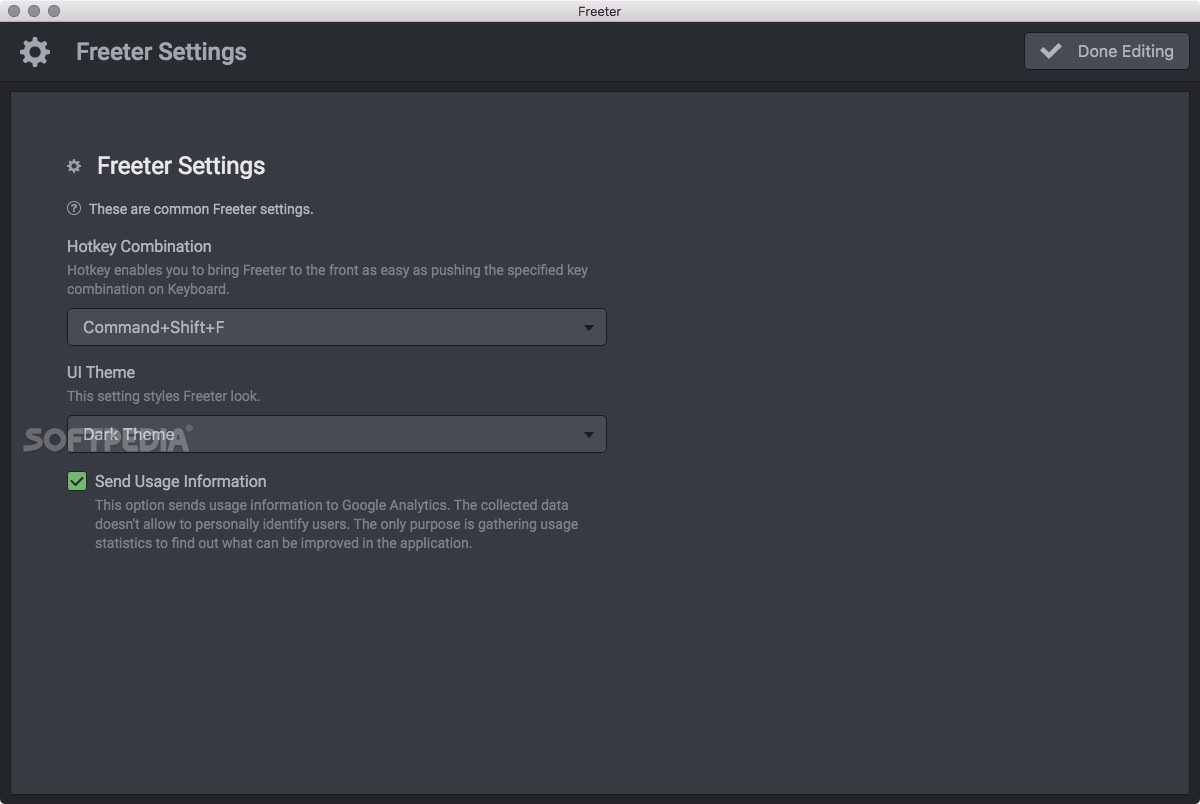

If your fridge has foul odours from the food inside (natural or after microbial spoilage), it is very likely they will migrate to your freezer. The two units share a single cooling source and airflow channel. Other are more water-hating or “hydrophobic” and they stick to things like silicone ice cube trays, making them go smelly.ĭomestic freezers are commonly attached to a refrigerator, and this provides another opportunity for smells to move through the systems. We call them “hydrophilic” or water loving those are the ones that will make your food taste bad. Where they end up depends on what else is around. If these are volatile, they move about the freezer and stick to other things. In a similar way, as water in food freezes, organic molecules are concentrated and expelled. Thus, the iceberg is composed of fresh water, and the surrounding sea water becomes a saltier and denser brine. As the sea water freezes, salt is removed. On a large scale, this happens to icebergs in the ocean. Depending on how rapidly something is frozen, salts can sometimes be concentrated, as pure water freezes at a higher temperature than water with things dissolved in it – like sugars and salts. This phenomenon is called “ salt rejection”. Many of us would be familiar with “freezer burn” on meats and other foods, as well as ice crystals on frozen food. There’s a suite of chemical processes happening in the freezer, too.įreezing causes physical changes to foods, often enhancing their breakdown. It is not only microbial growth that can lead to undesirable odours. Nungning20/Shutterstock Freezing changes the food Kimchi is one of the foods we deliberately allow to be ‘contaminated’ in order to produce the intense flavour. When fermenting a food, we intentionally contaminate it with microbes of known characteristics, or provide conditions that favour the growth of desirable microbes and subsequent production of aromatic compounds.īy contrast, uncontrolled food spoilage is problematic, especially when the contaminating microbes can cause disease. They are the pleasant aromas that we sense when we eat, but VOCs can also be produced by bacteria.įor example, many of us would be familiar with the smells that come from fermentation – a microbial process. These are generally referred to as volatile organic compounds (VOCs). Second, the fats and flavours that are part of the food itself can and will be released. First, as microbes start to grow, several pungent chemicals are produced. It’s also worth noting that many microbes will survive freezing and start growing again once conditions are favourable – for example, if you remove the food, partially thaw it, and return it to the freezer. Food spills and open containers provide an opportunity for microbes to get to work.


 0 kommentar(er)
0 kommentar(er)
